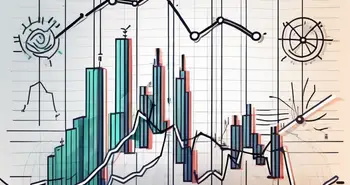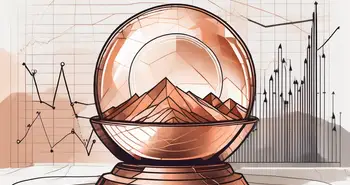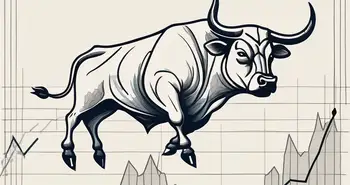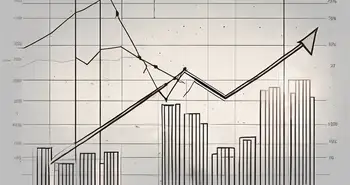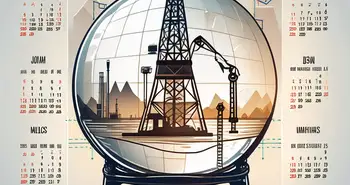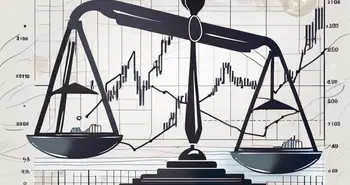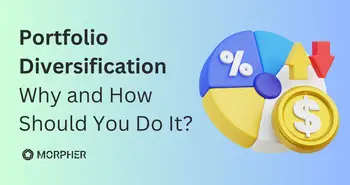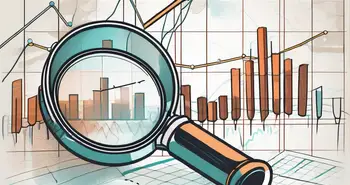Silver Price Prediction 2025: Analysis and Price Forecast
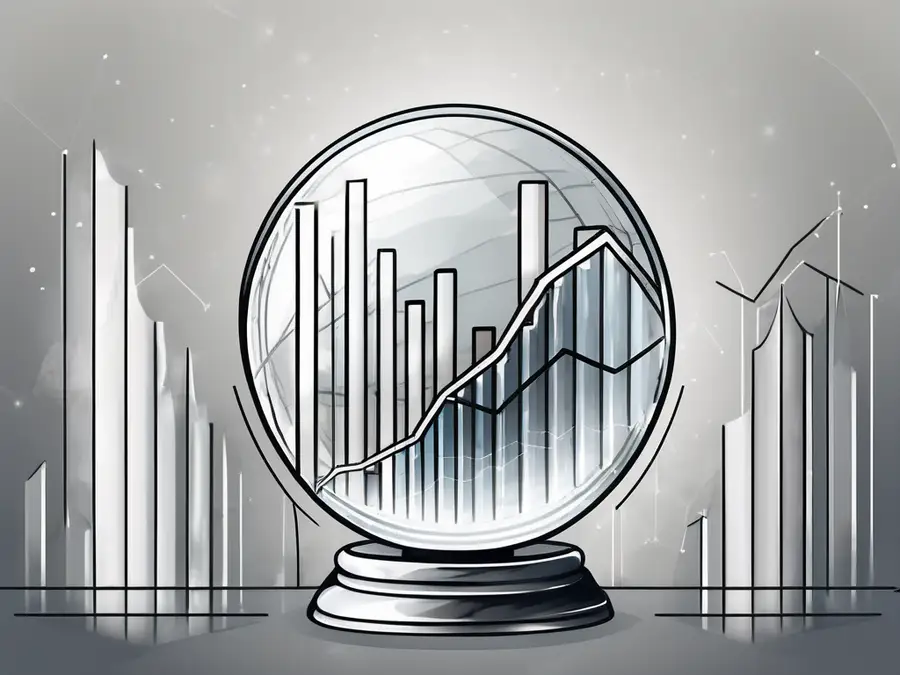
Silver has always been in gold’s shadow, but 2025 might be the year it finally steps into the spotlight. With prices already hovering around $33 per ounce, silver is riding the momentum of a strong 2024, benefiting from booming industrial demand, supply constraints, and a renewed investor interest in precious metals. But is this just the beginning?
Unlike gold, which is largely driven by investor sentiment, silver has a dual role, it’s a safe-haven asset, but it’s also an essential industrial metal. With the green energy push accelerating and silver’s role in solar panels expanding, demand is soaring. Add in a supply deficit that has persisted for years, and you have a recipe for a potential price breakout.
Analysts are bullish, with predictions ranging from $32.86 to $40 per ounce this year. But as always, the silver market is unpredictable, full of sharp rallies and unexpected pullbacks. So, what’s driving silver in 2025? What can traders expect in the months ahead? And how can you position yourself to take advantage of the opportunities ahead? Let’s dive in.
What Are the Factors Influencing Silver Prices?
Silver's price movement is shaped by a combination of economic, industrial, and geopolitical factors. One of the primary drivers is its industrial demand. Silver plays a crucial role in the production of solar panels, electronics, and medical technologies, making its price sensitive to global manufacturing trends. The Silver Institute forecasts industrial demand to grow by 3% in 2025, surpassing 700 million ounces for the first time.
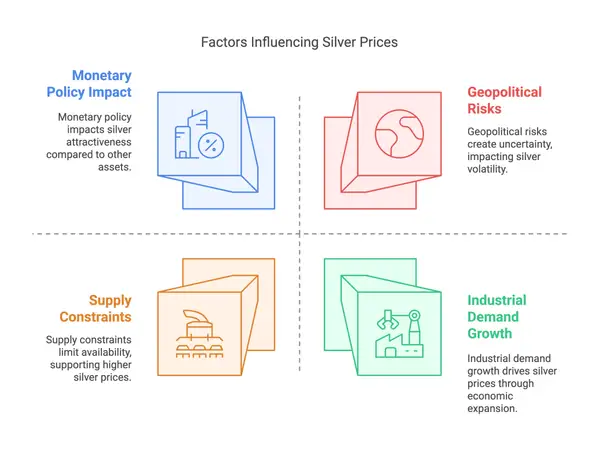
Beyond industrial use, monetary policy decisions from central banks also impact silver prices. If interest rates remain stable or begin to decline, precious metals like silver tend to benefit as they become more attractive compared to interest-bearing assets. Additionally, ongoing geopolitical risks, including tariff impositions and trade tensions, contribute to silver’s volatility. A tightening supply, coupled with increasing demand from both industrial sectors and investors, has led to a prolonged market deficit that continues to provide upward pressure on prices.
Recap of 2024 Performance and Possible Scenarios for 2025
Silver experienced significant volatility throughout 2024, with prices initially fluctuating before finding strong momentum in the second half of the year. The metal benefited from a weakening U.S. dollar, rising inflation concerns, and renewed interest in safe-haven assets. By year-end, silver had gained approximately 20% compared to its 2023 levels.
Looking ahead to 2025, several scenarios could unfold. A bullish case for silver includes continued strength in the gold market, increased demand from the renewable energy sector, and supportive monetary policies. In this scenario, silver could push toward $40 per ounce. On the other hand, if global economic conditions strengthen, reducing investor reliance on safe-haven assets, silver could see a more moderate growth trajectory, maintaining levels around $32–$35 per ounce.
Expert Predictions Based on Research
Several financial institutions and market analysts have provided their forecasts for silver in 2025:
-
BullionVault and LBMA Analysts predict an average silver price of $32.86 per ounce, with potential upward movement if demand remains strong.
-
UBS maintains a bullish stance, forecasting silver prices between $36 and $38 per ounce.
-
Bank of America sees silver reaching $35 per ounce, citing a likely easing of interest rate hikes as a supportive factor.
-
Citi Research has issued one of the highest targets, raising their silver forecast to $40 per ounce.
With a general consensus forming around silver's potential for further gains, traders and investors are paying close attention to key market developments that could drive the metal’s performance higher.
Gold vs. Silver
Gold has long been the dominant force in the precious metals market, viewed as the ultimate hedge against inflation, currency devaluation, and economic turmoil. But in many ways, silver offers a different kind of opportunity, one that can be even more rewarding under the right conditions.
Performance and Volatility
Silver’s most significant advantage over gold is its higher volatility. While this can make silver a riskier asset in the short term, it also means that when the market enters a bullish cycle for precious metals, silver often outperforms gold in percentage terms. Historically, silver has seen more dramatic price surges than gold during inflationary periods and times of economic uncertainty. For example, during the precious metals rally in 2010-2011, silver skyrocketed from around $18 per ounce to nearly $50 per ounce, a gain of over 175%, while gold rose by about 50% in the same period.
This trend reappeared in 2020 when silver surged by 47%, significantly outpacing gold’s 25% gain. Investors looking for higher potential upside often turn to silver for this reason—it’s a metal that can move fast when conditions align.
Gold-to-Silver Ratio: A Key Indicator
A crucial metric for comparing gold and silver is the gold-to-silver ratio, which reflects how many ounces of silver are needed to buy one ounce of gold. Historically, this ratio has averaged between 60:1 and 70:1, but in times of extreme market dislocation, it has widened dramatically.
In March 2020, the ratio hit a record high of 120:1, meaning silver was severely undervalued compared to gold. Since then, it has steadily narrowed and now sits at around 80:1, still above historical norms. Many analysts view this as a sign that silver has room to gain relative to gold. If the ratio continues tightening toward 60:1 or lower, silver prices could rise faster than gold in the coming months.
For investors, this makes silver a compelling choice—not just as an inflation hedge, but as a strategic asset that could offer stronger percentage returns if the market moves in its favor.
Industrial Demand vs. Safe-Haven Appeal
One of the key differences between gold and silver is their primary use cases. While gold is almost exclusively a monetary asset, silver has a dual role as both an investment metal and a crucial industrial commodity.
- Gold’s Strengths: Gold thrives in times of economic instability, currency debasement, and financial crises. Central banks continue to accumulate gold, reinforcing its role as a reserve asset. It is primarily held for wealth preservation, making it less volatile than silver but also slower to generate significant returns in short bursts.
- Silver’s Industrial Edge: Over 50% of silver demand comes from industrial applications. It is a critical material for solar panels, electronics, medical devices, and electric vehicles (EVs). The rapid push toward green energy and decarbonization has increased demand for silver, with the Silver Institute forecasting a record-high industrial demand in 2025. This gives silver an additional price driver beyond investor sentiment.
While gold benefits primarily from macroeconomic uncertainty and inflation hedging, silver has an extra layer of support from its growing role in global technology and renewable energy sectors. To compare Bitcoin vs Gold as safe haven assets, make sure check out our Bitcoin vs Gold guide.
Investment Strategy: Gold for Stability, Silver for Opportunity
Gold and silver serve different purposes in a portfolio. Gold is the cornerstone of a defensive investment strategy, ideal for preserving capital and protecting against long-term economic uncertainty. Silver, on the other hand, offers higher growth potential, making it an attractive option for investors who can tolerate more risk and volatility.
For diversification, many investors hold a mix of both metals, using gold as a stable hedge and silver as a more speculative play. Historically, during strong bull markets in precious metals, silver has outpaced gold in returns, making it an essential asset for those seeking stronger upside potential while maintaining exposure to the safe-haven benefits of precious metals.
As we move into 2025, both metals stand to gain, but silver may have the edge when it comes to shorter-term price movements and percentage returns, especially if the gold-to-silver ratio continues tightening and industrial demand remains strong.
Frequently Asked Questions
1. What is the silver price forecast for 2025?
Expert predictions for silver in 2025 range between $32.86 and $40 per ounce, depending on market conditions. Factors like industrial demand, economic policies, and gold’s performance will influence price movements.
2. Will silver outperform gold in 2025?
Silver tends to be more volatile than gold, meaning it can deliver stronger percentage gains during bullish cycles. With the gold-to-silver ratio still above historical norms, some analysts believe silver has more room to rise relative to gold.
3. What factors will drive silver prices this year?
Key drivers include industrial demand (especially in solar energy and electronics), supply deficits, a weaker U.S. dollar, and central bank policies. Geopolitical events and inflation concerns may also impact silver’s price action.
4. Is silver a good investment in 2025?
Silver remains attractive for both short-term traders and long-term investors. Its dual role as a precious metal and industrial commodity makes it a strategic asset for diversification and potential high returns.
Looking to trade silver with zero commission?
Take advantage of price movements by going long or short on silver instantly on Morpher with no fees eating into your profits.

Disclaimer: All investments involve risk, and the past performance of a security, industry, sector, market, financial product, trading strategy, or individual’s trading does not guarantee future results or returns. Investors are fully responsible for any investment decisions they make. Such decisions should be based solely on an evaluation of their financial circumstances, investment objectives, risk tolerance, and liquidity needs. This post does not constitute investment advice.

Painless trading for everyone
Hundreds of markets all in one place - Apple, Bitcoin, Gold, Watches, NFTs, Sneakers and so much more.

Painless trading for everyone
Hundreds of markets all in one place - Apple, Bitcoin, Gold, Watches, NFTs, Sneakers and so much more.

